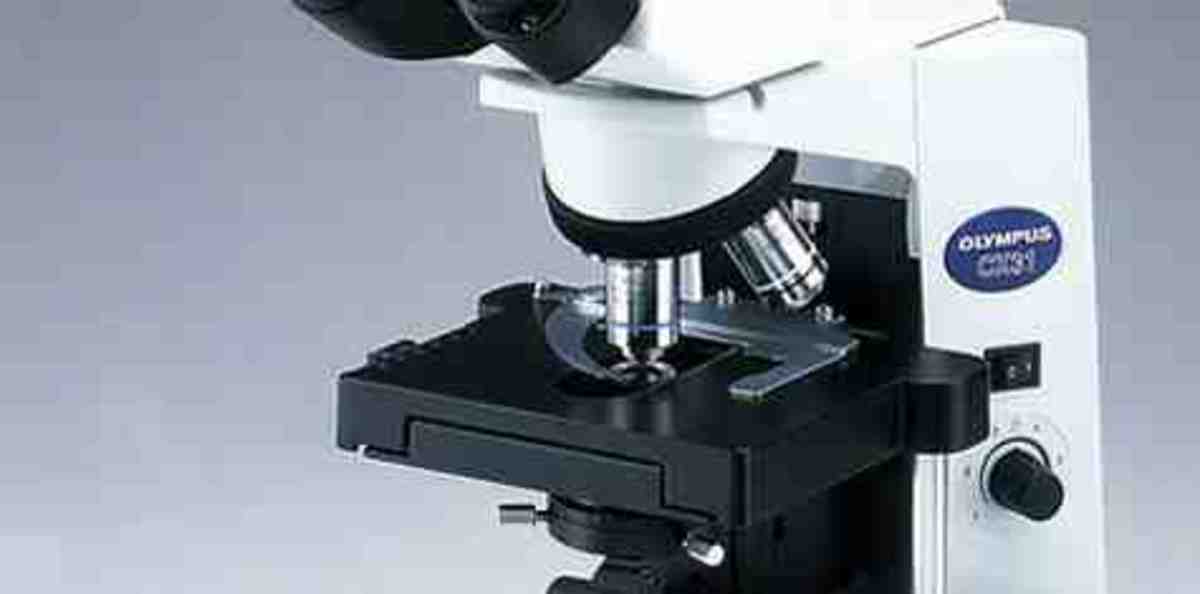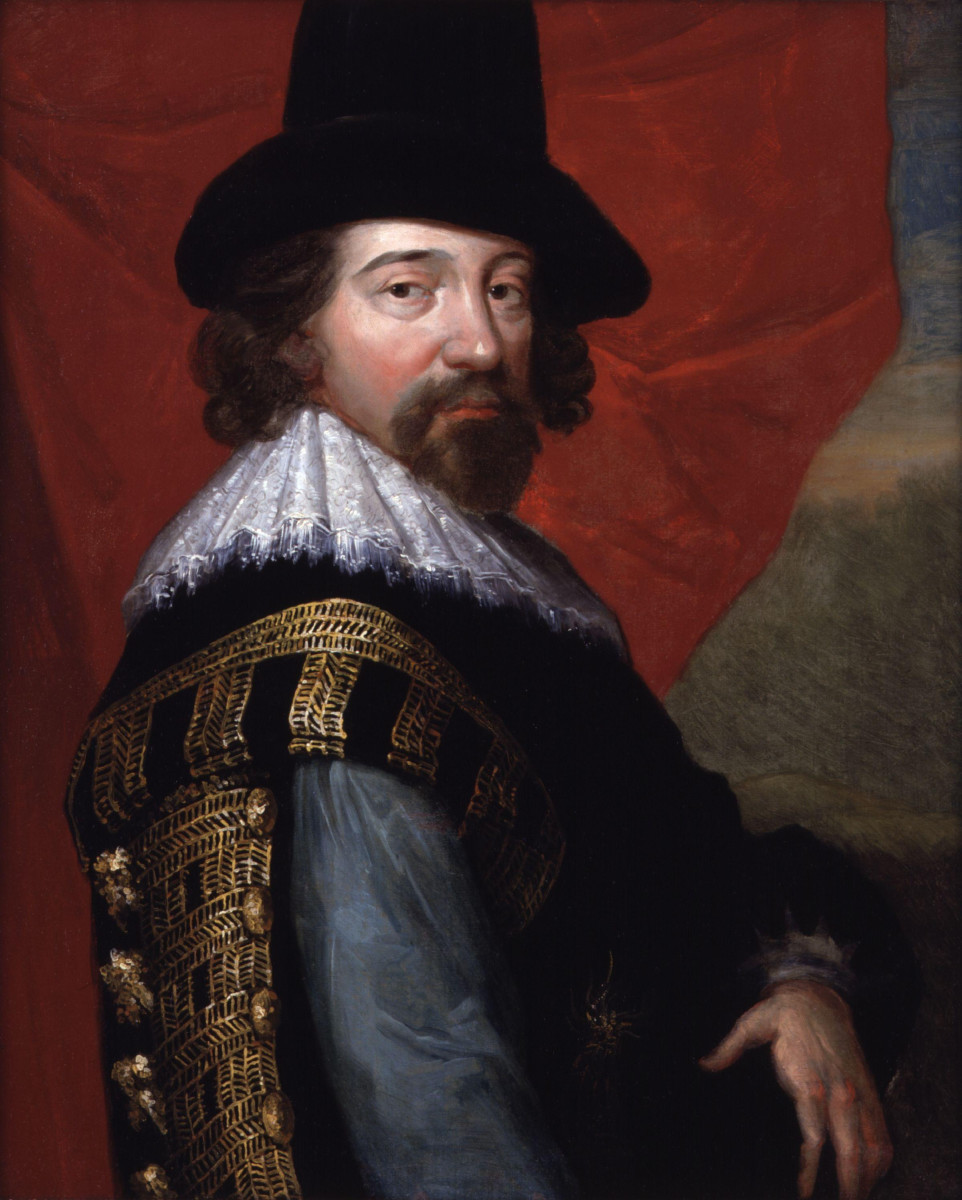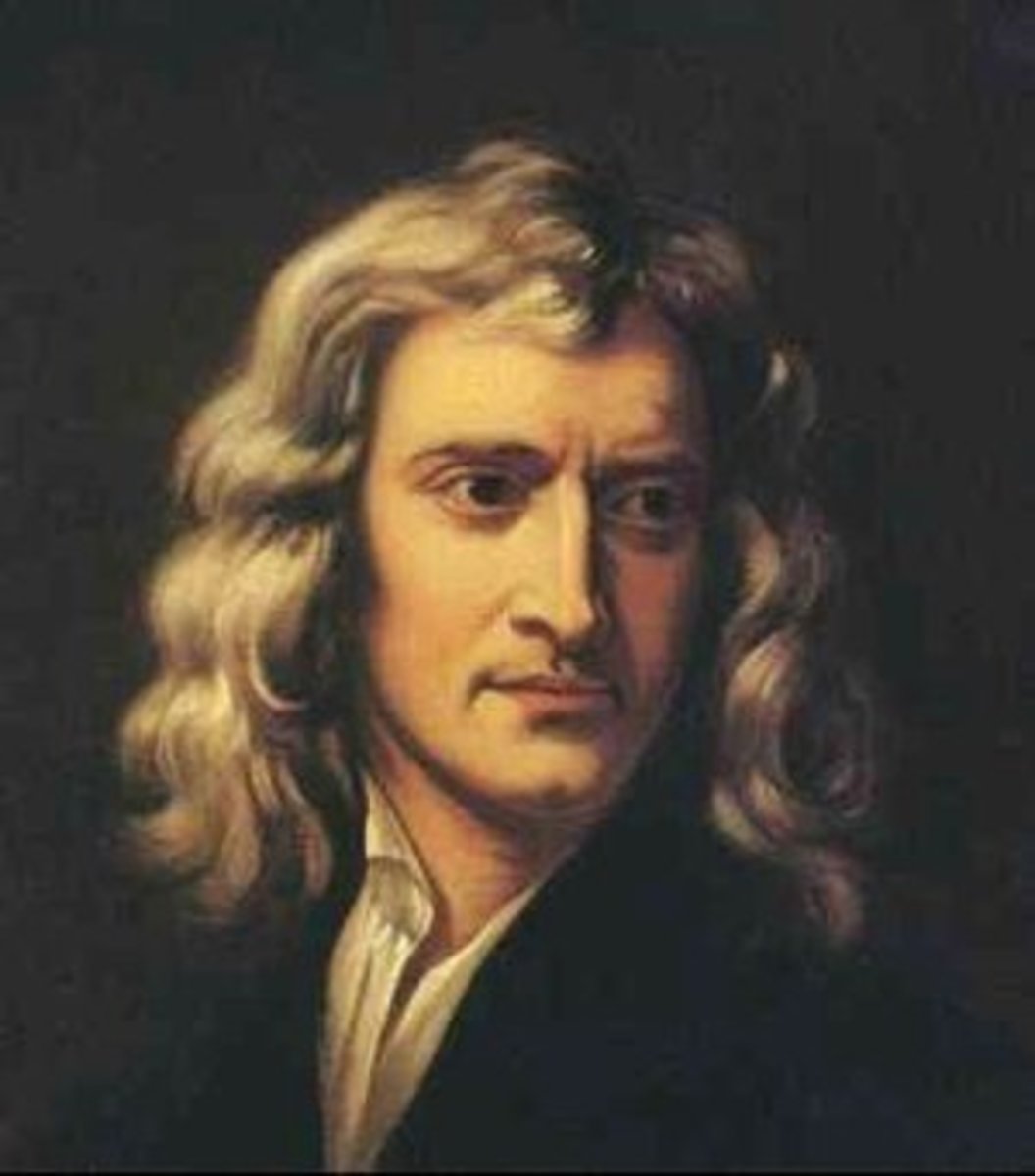Robert Hooke's London
Crooked, pale-faced, of moderate height, with an outsized forehead, grey eyes, sharp chin, thin nose, and a mouth 'meanly wise'.
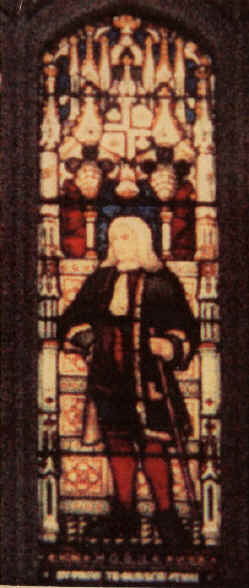
To the right is a photograph of a commemorative window at St Helen's Bishopsgate, now destroyed, dedicated to the 17th Century natural philopher Robert Hooke. It almost certainly doesn't look much like him. Appearing in the letters and diaries of his contemporaries Hooke is cantankerous, a hunchback, emaciated, always crooked or bent -- and more so as time passed, Hooke's physical presence becoming entwined with the injustices he perceived the scientific community to have levelled against him, his work ethic demanding too much of his failing health.
But I've always loved Hooke. I first encountered him as a fictional character in Neal Stephenson's trilogy of novels, The Baroque Cycle; there he is everything the letters say -- fish-eyed, bent-double, unclean, self-absorbed, a whorer, paranoid -- but balancing it out is the endless wonder of a mind that matched the quicksilver spirit of the age: he ground lenses the size of a mouse's eye; drew images of the surface of Mars; studied the stars and the Earth and built microscopes to study fleas and dust mites; became a horologist; worked with Christopher Wren to survey and rebuild London after the Fire; invented a machine for cutting gear wheels; invented the universal joint; invented a diving bell; developed theories of gravitation that he claimed Newton plagurised; and looked for a mechanical solution to the problem of unaided flight. He drew brilliantly.
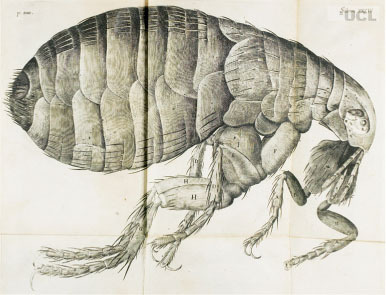
Published in 1665 Micrographia was a collection of observations Hooke had made through microscopes of his own design. Microscopic creatures were rendered in all their bizarre detail, but so too did Hooke show readers the reality of objects, their irregularity and chaos – the weathered, jagged edge of a keen razor blade, the pitted spire of a needle. The book was a publishing sensation, and perhaps it's difficult to understand now just how extraordinary and warping it must have been to see these microscopic creatures and landscapes – to get the same effect today you'd probably have to produce a physiological study of an alien race.
Hooke argued a lot. With Christiaan Huygens (a competing horologist), with the Royal Society (an association of natural philosophers – scientists) and most of all with Isaac Newton, who helped to write Hooke out of history. Hooke died a rich man but never felt that he got his due in life, and in the centuries after his death he wasn't remembered anything like so widely as a man of his achievements deserved. Recently, though, things have been changing. There have been two recent biographies -- Lisa Jardine's The Curious Life of Robert Hooke and Stephen Inwood's The Forgotten Genius -- that do their best to set the record straight, and his name crops up from time to time on the TV or the radio.
Considering he spent most of his life in the city -- and, substantially, helped to rebuild it -- there's not much of Hooke left in London, or at least not much that's confirmed as Hooke. Here, though, are the two big ones:
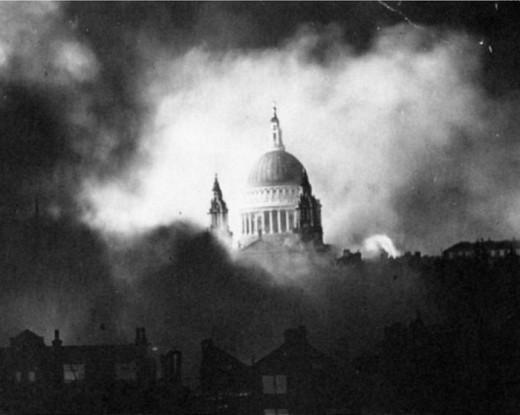
St Paul's Cathedral
My favourite place in London, and whenever I'm walking the riverside and see the great dome rising above the cityline I think of Hooke. The Cathedral is Wren's design, but, as with so much else, Hooke had a hand in it, made his contribution: he worked the mathematical proofs to show the dome was possible. The structure is self-supporting, with a central oculus (a small hole) to admit light, and when it was built it was the second largest dome in the world. It's a beautiful, affirming, strengthening thing and it's there because one man saw further than anyone before him.
The height and structure of St Paul's had a potential for scientific experiment that Wren and Hooke both found irresistible. It took four decades to complete the building, and for most of that time the roof was off but there were large beams that could supports enormous lenses -- the south-west tower was converted into a huge telescope.
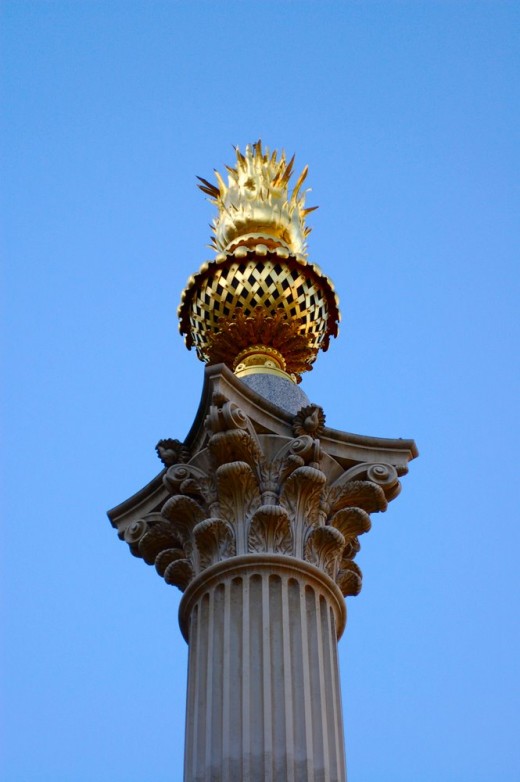
Monument to the Great Fire of London
Of all the buildings Hooke and Wren collaborated on, the Monument is the one that is the most Hooke -- in the sense that much of the design can be attributed to him, but also because you have to feel that it is how he would have built every building if he had the chance. Like the south-west tower of St Paul's, the column can act as a zenith telescope, but unlike St Paul's its purpose was preserved after completion -- though the pillar was capped with a bronze urn wreathed in flames, the urn itself has a hinged lid so that it can be opened for night observations. Additionally, a laboratory was built into the basement of the pillar, and there are many small touches of ingenious utility -- there are little alcoves to sit while making observations, and the steps of the Monument are all exactly uniform to allow for experiments reading barometric pressure.
After the Fire, Hooke proposed a street plan for London which would have predated the later rebuilds of continental European cities -- wide boulevards on a grid structure -- but disputes over land ownership meant that the city was largely rebuilt along its old lines. You can easily imagine that if he had been given free reign, Hooke would have designed the whole of London as an angelic laboratory -- a place of surpassing beauty that concealed rigorous scientific applications.
Further Reading
- roberthooke.org.uk
Flying the Robert Hooke flag -- some general info, a timeline, plus a few scans of Micrographia pages. - Micrographia on Google Books
- Notes and Records of the Royal Society
- Robert Hooke on Wikipedia



